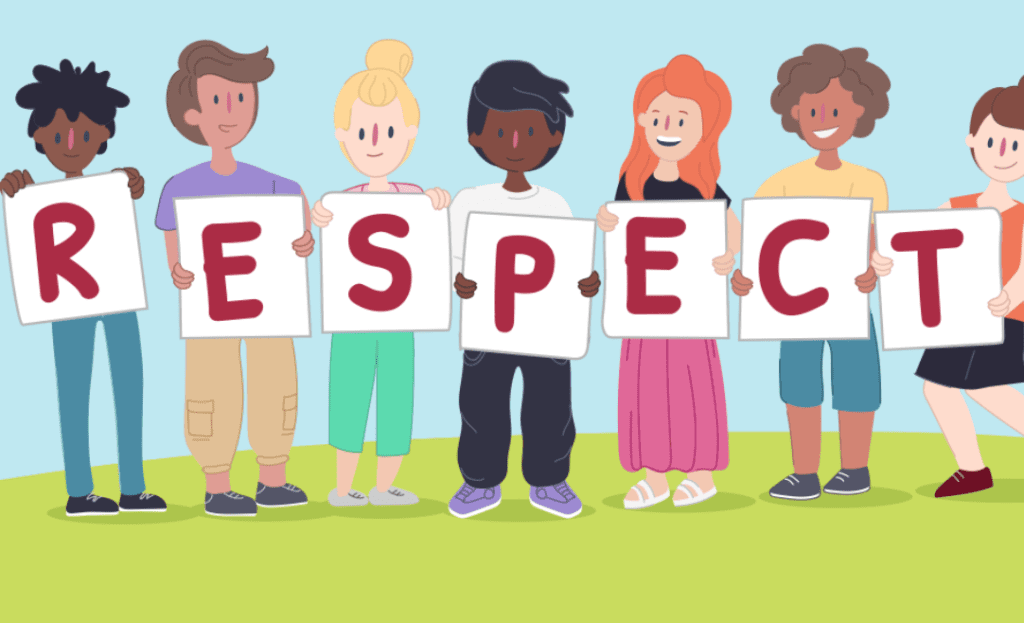How to Teach Consent in Early Childhood Education

Right from birth, children are sponges who begin absorbing the world around them. We must get through to children in their early years so we can set them on a path toward a future where they understand boundaries and the importance of consent. If parents and early childhood educators can provide children with the skills they need to respect one another, then it is not difficult to imagine a future where issues of harassment become less and less commonplace. Here are techniques for how to teach consent topics to preschoolers:
Teach Empathy
When a child does something problematic, find the time to 1) explain how their actions made the other child feel, 2) make sure they can understand the other person’s feelings. The more that kids consider the feelings of others, the more mindful they will become of their actions and the effects of said actions on others.
Use Words That They Understand
Make the process easier for everyone by using words that are age-appropriate. A preschooler might not understand the nuances of the word ‘consent’ but they will understand ‘body’, ‘space’ and ‘touch’, which will give them a vocabulary to work with to better understand these concepts.
Avoid Harassment-Enforcing Stereotypes
Many things we teach children about the behavior of boys and girls end up supporting harmful behavior. How many times have you heard one of these clichés:
- Boys will be boys.
- He pushed you because he likes you.
- Girls are pure and need to be protected.
This sets children up for behavior that will be much more serious in later years. It normalizes and makes excuses for abuse, which we want to be teaching should never be acceptable. Using the above examples, girls should learn to stand up for themselves, just as boys shouldn’t learn that aggression is a sign of affection.
Let Children Know That You’ll Believe Them
Sometimes, children have difficulty coming forward because they don’t think that the adult will take them seriously. Tell the children in your life that they should always let you know if someone has harmed them and you will believe them no matter what. This will help to prevent them from keeping instances to themself so you can address problems right when they happen.
Never Force Kids to Hug or Kiss
“Now give grandma a kiss!” might be well-intentioned and coming out of love, but if a child does not want to perform that action, it is normalizing the idea that they need to perform intimate actions even if it is against their will. Instead of telling them to do this, ask them if they would like to. And most importantly, if they say no, then respect their wishes even if it means some hurt feelings along the way. A simple “OK, how about just a wave goodbye this time” will suffice this time and ensure that the child does not learn the wrong behavior.
Help Those in Trouble
When a classmate is in distress, it shouldn’t be someone else’s problem. Children should be taught that if they see someone being harmed, they should come to their aid by either speaking up for them or alerting a nearby adult.
The Importance of ‘No’ and ‘Stop’
The words ‘no’ and ‘stop’ are key parts of consent. The children need to learn two lessons here: first, to use these words when they do not like what is happening, and second, to respect these words when someone says them, no matter what.
Always Ask Before Touching Someone Else
Children should learn that it’s never OK to touch another person without asking them first. Even something as simple as a hug or holding hands should require permission. Explain that it’s OK to say no if they do not want to participate and that if another person says no, then they need to respect that.
Express Your Emotions
The more that kids are told “don’t cry” or “don’t be angry,” the more they will feel like they need to hold it in when something bad has happened to them. Instead of suppressing it, allow children to react naturally and then try to get to the root cause of the problem.
Read Body Language
Some children are more vocal than others, and so they will continue with what they are doing because they haven’t heard ‘no’ or ‘stop.’ Teach kids how to read body language and facial expressions. If they are approaching another child for a hug and that child is recoiling and frowning, that should be treated the same way as hearing the word ‘no.’
Ask for Help
Teach kids that when they are experiencing something that they do not like then they should ask for help. The child shouldn’t ever feel like they are being a burden, so it is important that whoever they come to knows to be welcoming and patient with them.
‘Safe’ vs. ‘Unsafe’ Touches
When it comes to touching others, kids need to know the difference between what is ‘safe’ and ‘unsafe.’ An example of a ‘safe’ touch would be a high five, whereas private parts are considered ‘unsafe’ and should be left alone.
